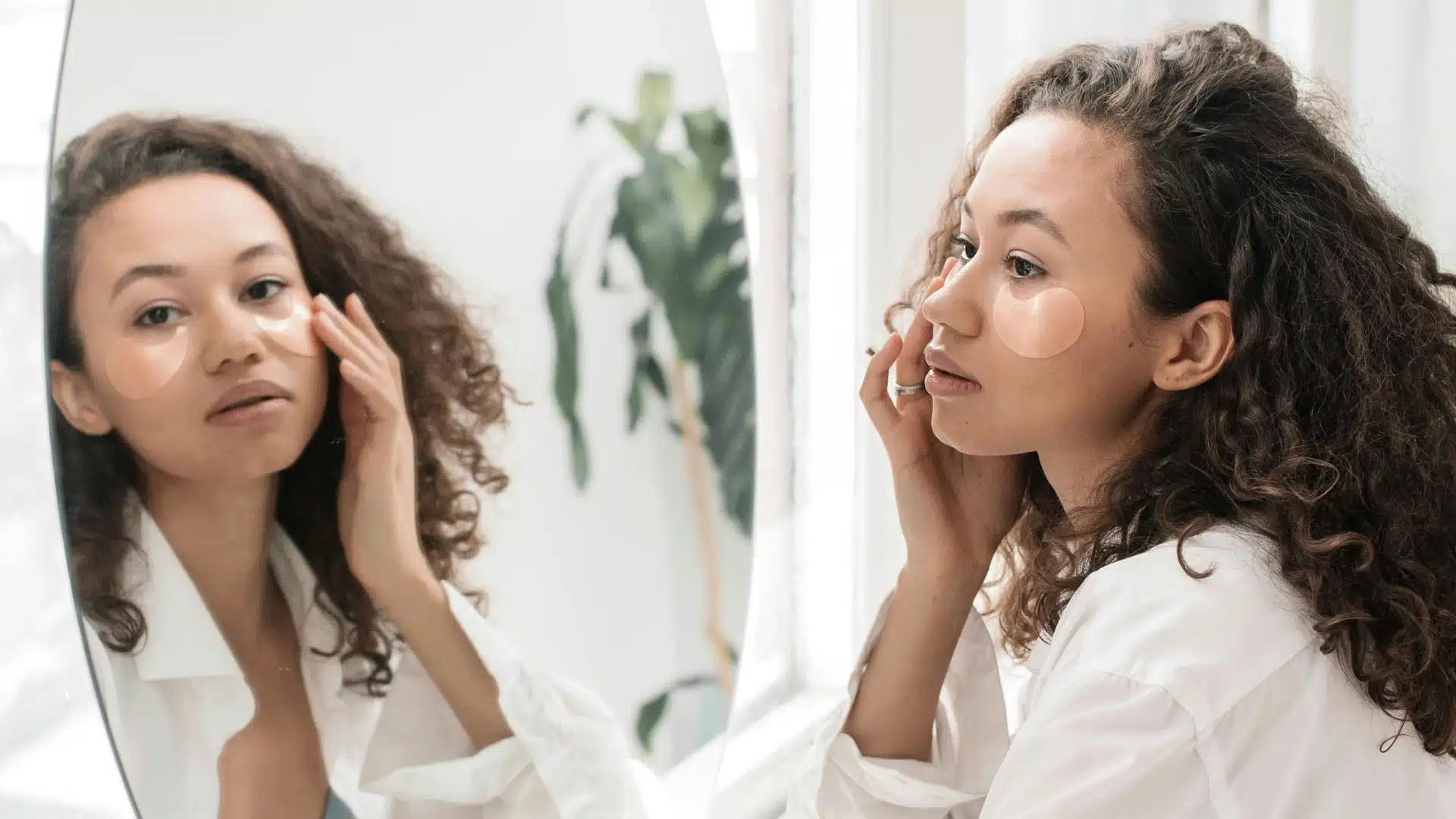Around the Renaissance (c. 1300–1700 CE), cosmetics came back into fashion, especially among the Italian and French nobility. Pale skin was still considered a sign of beauty, and women used a variety of means to achieve this effect, including dangerous substances such as lead and mercury. Cheeks and lips were often enhanced with vegetable dyes. The renewed interest in science and art led to a revival of surgical techniques. Italian physicians, such as Gaspare Tagliacozzi, experimented with surgical procedures to correct facial defects, such as repairing a disfigured nose. Tagliacozzi published a work on reconstructive surgery, which was one of the first detailed treatises on plastic surgery.
During the Victorian era (1800–1950), makeup was mostly used in secret, as wearing it in public was considered indecent. Natural beauty was prized, but women continued to use powders and creams to enhance their complexion. In addition, the development of anesthesia and antiseptic techniques made more complicated surgeries possible. British surgeon Joseph Carpue performed a successful nose reconstruction in 1814, which is considered a milestone in modern plastic surgery. This period also saw an increase in reconstructive surgeries for patients with trauma and birth defects.
In the early 20th century, around the time of the First and Second World Wars, the rise of the film industry had a major impact on the popularity of make-up. Brands such as Max Factor and Maybelline were founded, making cosmetics more accessible to the general public. The World Wars were a turning point for plastic surgery. Many soldiers returned home with serious facial and body injuries, which led to the need for reconstructive surgery. Surgeons such as Sir Harold Gillies, known as the father of modern plastic surgery, and his nephew Archibald McIndoe, pioneered techniques for reconstructing faces and limbs. This laid the foundation for both reconstructive and cosmetic surgery.
